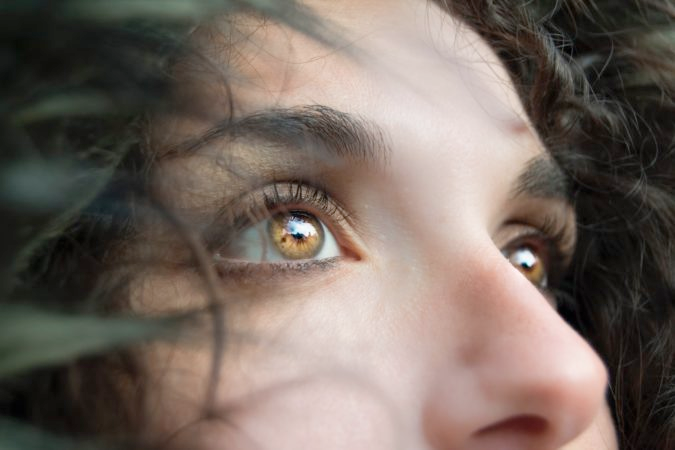One of the hot topics in lighting over the last few years is blue light. What effect can this can have on our health and well being?
There are two basic types of LEDs, indicator and illuminator types.
The first red LED (light emitting diode) was developed by Nick Holonyak of General Electric in 1962. It wasn’t until 1996 Shuji Nakamura developed a white light source using a blue LED with a phosphor coating that white light was produced. By 2005 outputs of 100 lumens were achieved, which made LEDs a viable light source.

So high brightness LEDs; the source now increasingly used to illuminate our streets, homes, TV’s and phones. LEDs are common, which generally contain a high blue content at their core.
Why should this be a problem? And Is it a problem?!
Looking at the human response to light; for more than a century rods and cones were thought to be the eye’s only light detectors. However in 1998 – 2002 another cell type ipRGCs (‘intrinsically Photosensitive Retinal Ganglion Cells) were identified. These cells were found to drive non image forming responses to light. Which were related to our circadian rythems or our awake and alert cycle. These cells respond directly to a peak sensitivity of around 480nm (blue light). In short, blue light has an effect on circadian rhythms.

During the course of the day humans take environmental cues from light, to synchronize our bodies’ internal rhythms. Blue light is present in nature at around midday, when we are most alert. Melatonin ia suppressed when the light is at its coolest colour temperature and most intense. Conversely warm yellow, red light such as that found at sunset has the opposite effect, causing melatonin to rise. We generally feel sleepier and less alert.

The subject of LEDs and blue light out of normal daylight hours is relatively new. Opinions on the subject can vary enormously.
On the one hand we have research claiming that blue LED will help enhance our productivity, increase recovery time from operations, reduce depression and help cure some degenerative illnesses such as dementia. On the other hand there are claims that over exposure to blues LEDs can cause illnesses related to hormone imbalance which result in issues such as obesity and diabetes.
That said various studies have found positive effects of daylight on health, stress and mood; so much of the current thinking is that with advances in LED technology and our understanding, we can now provide possible ways of reducing adverse lighting effects, whilst enhancing the desired ones.
Also, we need to put this all into context. Light from our TV’s, computer screens and mobile phones are at least as likely to affect us as artificial lighting. Studies into the subject show us that it isn’t just the blue light itself, but also its intensity.
In designing spaces this is something we can control. At ‘Lighting Design Studio’, we ensure that the lighting can be controlled and we would recommend lowering light levels down for an hour or two before sleeping. Warm light sources are also a good idea where possible in bedrooms.
The lighting industry has reacted to the science of blue light, and its effects relative to LED use, in a few ways. From the manufacturer’s side, there are products which can mimic the transition of light during daytime. And developing products which are able to produce white light without the requirement for a blue LED at its core. On the academic side, studies have been carried out to try and find out as much as possible how it affects us and the natural habitat.
It is important to note, it is not that you specify a circadian product and magically your space is transformed into one which directly controls your circadian rhythm as in nature. The space itself must be designed taking onto account natural light and other criteria.
The chartered institute of building service engineers (CIBSE) and the Society of Light and Lighting (SLL) have produced a ‘Study Into Human responses To Lighting’, based on LED lighting solutions in 2016, which also covers flicker and colour. This document is available to download on line at https://www.cibse.org/knowledge/knowledge-items/detail?id=a0q20000008I6z6AAC#.
At a more in-depth level of research; an individual of note is neuroscientist Dr Russell Foster, (whose interests span both visual and circadian neurobiology). He deals with circadian misalignment and deep dives into its effects on many organisms, from plants and animals all the way down to microbes.
To conclude, the technology of LED has taken over the world of lighting and blue light for now is part of this. It is important that both science and lighting to take this opportunity to work together for future solutions, but after the inventor Shuji Nakamura recently claimed that “White LEDs using blue LEDs will eventually disappear from the market” whilst promoting his new purple led, this story has certainly a few more twists and turns.